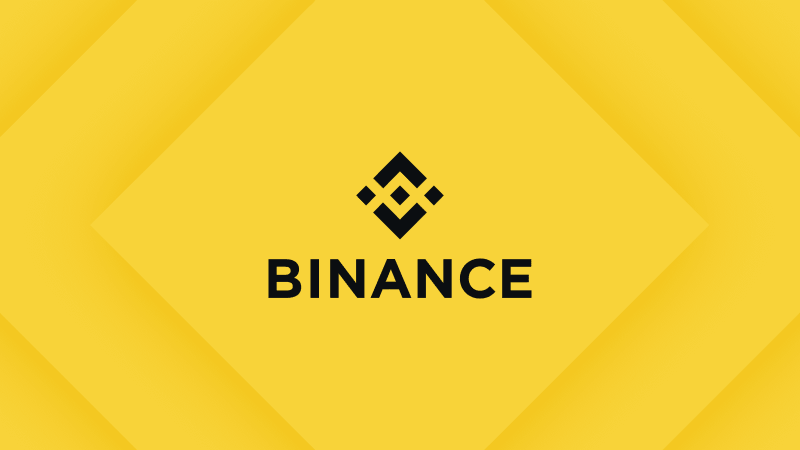Cryptocurrency exchange Binance’s BNB Chain has released the whitepaper for BNB Greenfield, a web3 storage system. Community development teams from Amazon Web Services, NodeReal, and Blockdaemon have offered support for the new application’s testnet.
The BNB Greenfield’s mission is to unleash the potential of decentralized blockchain and storage technologies on the economics and ownership of data. It is a brand-new blockchain in BNB. Moreover, it is also an ecosystem and infrastructure designed to support the decentralized data economy.
Additionally, it makes an effort to do this by making it easier to maintain and control data access. It connects data ownership to the BSC’s (Binance Smart Chain) large DeFi context.
Users who have BNB tokens and a BNB Chain address may store data on BNB Greenfield. Additional features include website deployment and historical data storage. Along with smart contracts, the system will also utilize non-fungible tokens (NFTs) to control ownership and access rights to the data. The data will be stored by third-party storage providers, while the storage metadata will be retained on the backend by BNB Chain.
How does Binance’s system differ from others?
Binance’s new system focuses on three things to differentiate it from the others in the industry. Firstly, it facilitates the creation and management of data and token assets using Ethereum-compatible addresses. Secondly, it integrates smart contract programs with all other assets and naturally ties data permissions and management logic onto BSC as tradeable assets. Lastly, it offers developers API primitives and performance comparable to well-known Web2 cloud storage.
Binance has put in a lot of effort to expand its product line. A cooperation with Mastercard introduced a prepaid cryptocurrency card in Latin America. The cryptocurrency exchange said on Jan. 30 that Dock, a payment company under the control of the central bank, will be launching the Binance Card in Brazil.





